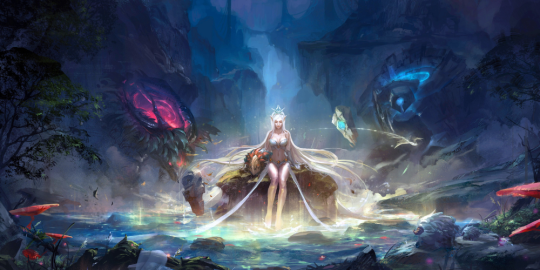
In the ever-evolving world of esports and online gaming, virtual goods such as character skins can take on significant meaning for players. Recently, a new development in League of Legends has sparked a considerable stir within its community, leading to an unusual form of protest. Renowned professional player Faker's Hall of Legends Ahri skin has become a subject of contention due to its high cost, inciting players to take a stand in a unique way.
The Hall of Legends Ahri skin, designed to honor Faker's illustrious career in League of Legends, has come with a whopping $450 price tag for the complete bundle. This cost has taken many players by surprise, leading to heated discussions about the value and pricing of in-game items. As a direct response to this controversial move by Riot Games, the character Ahri has seen a significant increase in her ban rate across solo queue games. Players have consciously chosen to ban Ahri as a way to express their opposition to the perceived overpricing of the skin bundle.
The statistics are telling—a notable jump to a 16 percent ban rate in some ranks, with reports from League stats site, LoLalytics showing this number has doubled or even tripled in other tiers. The community's dissatisfaction was further exacerbated when Faker was presented with a physical trophy aligned with the Hall of Legends event that appeared visibly damaged. This incident only fueled the ongoing discourse regarding Riot Games' decisions and the value they assign to their premium content.
Riot Games, on their part, have defended the decision to set the expensive price point. League director Pu Liu likened spending on in-game content to purchasing tangible collectibles, such as Warhammer figures, in an attempt to rationalize the cost to the player base. This comparison, however, has fallen flat for many, as the community has expressed a preference for physical goods over digital assets when it comes to investing substantial amounts of money.
The ban-fueled protest in League of Legends serves as a vivid example of player empowerment and agency within the gaming world. It demonstrates how a community can use the tools available within a game to voice their opinions and attempt to influence the decisions of developers. While the long-term impact of these bans on Ahri's playability and the sale of the Faker skin remains to be seen, this movement highlights the ongoing dialogue about digital economy practices and fairness within the esports arena. The situation underscores the need for gaming companies to listen to their audience and consider their pricing strategies carefully to maintain a happy and engaged community.